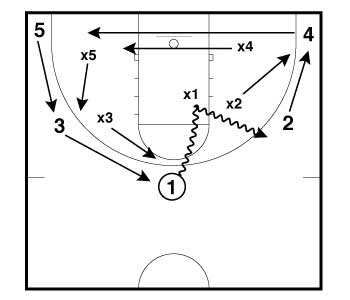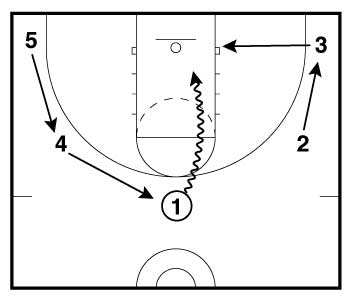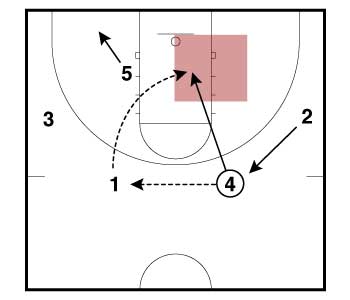Posted at 17:22h
in
Podcasts
by Scott Ginn
Useful tips learned over the phone? Impossible? Not according to
PGC Basketball. They are conducting a series of Coaching Clinic Telephone Calls hoping to get valuable tips into the hands of coaches just like you. And, other than the fact that no one uses the word telephone anymore, I think it's working quite well, especially since Rick was their first guest.
If you missed it, you can listen to the first part of that call
here. Today we're moving deeper into the call.
In this first 4 minute clip, Rick discusses a question we get all the time.
"With set plays, I can control shot selection since there are specific scoring options for specific plays. If the Read & React Offense gives players freedom (
to a point),
how do you control shot selection?"
The answer is partially what you would expect. Control it through role identification and communication - just like you would in a motion offense or a continuity offense. But, there are ways to control shot selection within the Read & React using indirect techniques. Rick explains how.
3:50 - Rick Torbett on Shot Selection
Three principles make up successful offense:
good spacing, good player movement, and good ball movement. Great offenses have all three of those principles. Good offenses have two. And, ok offenses have one. This is important to remember in any offensive system, but the Read & React is specifically designed to force you into all three.




